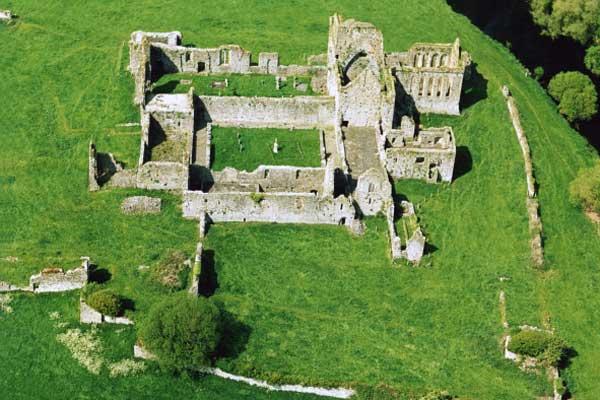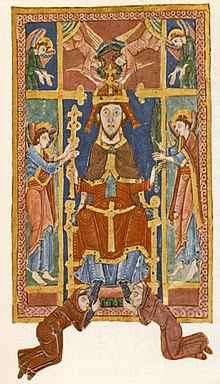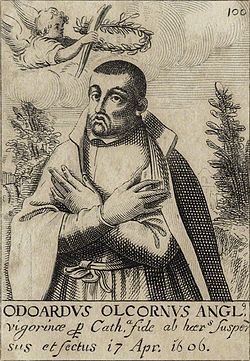
Monday, 30 November 2020
St Andrew and Scotland

Know your Antipopes
Lace in a Penitential Season
Minor Orders and the Subdiaconate
Sunday, 29 November 2020
The Consecration of Buckfast Abbey
Illuminated Charters
Saturday, 28 November 2020
Irish Standing Crosses - and more besides
Friday, 27 November 2020
Oxburgh Revisited

Meat eating in the later Middle Ages
Thursday, 26 November 2020
Identifying the Holy House in Nazareth
The Cult of St Catherine
Saturday, 21 November 2020
Laudes Regiae
Friday, 20 November 2020
St Edmund and his cult at St Edmundsbury - and in Ireland

St Stephen’s Chapel Westminster
The Queen’s Chapel
Medieval palimpsests face modern technology
Tuesday, 17 November 2020
The Consecration of Downside Abbey in 1935
Monday, 16 November 2020
Wentworth Woodhouse: A House and its Follies
Saturday, 14 November 2020
The Poetry of Lockdown
A Brief Pageant of English Verse
I won’t arise and go now, and go to Innisfree,
I’ll sanitize the doorknob and make a cup of tea.
I won’t go down to the sea again; I won’t go out at all,
I’ll wander lonely as a cloud from the kitchen to the hall.
There’s a green-eyed yellow monster to the north of Katmandu
But I shan’t be seeing him just yet and nor, I think, will you.
While the dawn comes up like thunder on the road to Mandalay
I’ll make my bit of supper and eat it off a tray.
I shall not speed my bonnie boat across the sea to Skye
Or take the rolling English road from Birmingham to Rye.
About the woodland, just right now, I am not free to go
To see the Keep Out posters or the cherry hung with snow,
And no, I won’t be travelling much, within the realms of gold,
Or get me to Milford Haven. All that’s been put on hold.
Give me your hands, I shan’t request, albeit we are friends
Nor come within a mile of you, until this trial ends.
Wednesday, 11 November 2020
A Sermon for Martinmas
Taking Possession of the Lateran
Tuesday, 10 November 2020
The Lateran
Sunday, 8 November 2020
Remembrance Sunday in Oxford
Saturday, 7 November 2020
More about the Greenwich Tiltyard
Friday, 6 November 2020
More about the Byland ghosts
A medieval mason shows his face at Compostela
Thursday, 5 November 2020
A crucifix linked to Bl. Edward Oldcorne
Tuesday, 3 November 2020
Momento Mori Funerary Banners
Commemorating All Saints and All Souls
Sunday, 1 November 2020
Ghost stories from fourteenth century Yorkshire











